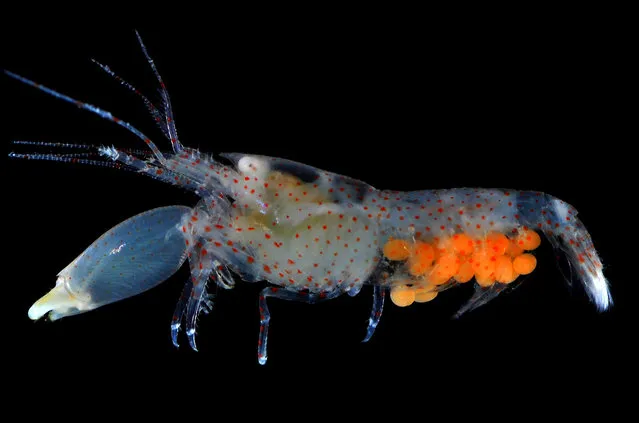26 Apr 2013 09:27:00,post received
0 comments
Details

The eruption of Cordon Caulle began on June 4, 2011, located in the Region of Los Rios in Chile. For about 12 months, people and animals became accustomed to living with the daily fall of ash, which also caused problems in the air traffic in South America. The explosions and lightning during first days of the eruption could be seen from hundreds of miles around. This photograph was taken on the second night of eruption from the town of Lago Ranco. (Photo and caption by Francisco Negroni/National Geographic Traveler Photo Contest)
ATTENTION! All pictures are presented in high resolution. To see Hi-Res images – just TWICE click on any picture. In other words, click small picture – opens the BIG picture. Click BIG picture – opens VERY BIG picture.
ATTENTION! All pictures are presented in high resolution. To see Hi-Res images – just TWICE click on any picture. In other words, click small picture – opens the BIG picture. Click BIG picture – opens VERY BIG picture.
23 Jun 2013 11:24:00,post received
0 comments
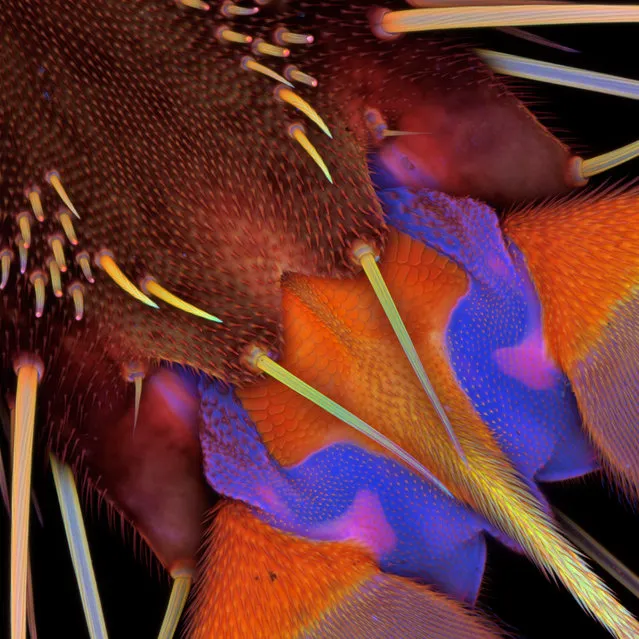
“Microscope images forge an extraordinary bond between science and art, said Hidenao Tsuchiya, Olympus America's Vice President and General Manager for the Scientific Equipment Group. We founded this competition to focus on the fascinating stories coming out of today's life science research laboratories. The thousands of images that people have shared with the competition over the years reflect some of the most exciting work going on in research today – work that can help shed light on the living universe and ultimately save lives. We look at BioScapes and these beautiful images as sources of education and inspiration to us and the world”. – OlympusBioScapes
Photo: Pretarsus of the third leg of a female drone fly (Eristalis tenax), ventral view, by Dr. Jan Michels, Institute of Zoology, Christian-Albrechts-University of Kiel, Germany. (Photo by Olympus BioScapes)
Photo: Pretarsus of the third leg of a female drone fly (Eristalis tenax), ventral view, by Dr. Jan Michels, Institute of Zoology, Christian-Albrechts-University of Kiel, Germany. (Photo by Olympus BioScapes)
29 Jul 2012 09:20:00,post received
0 comments
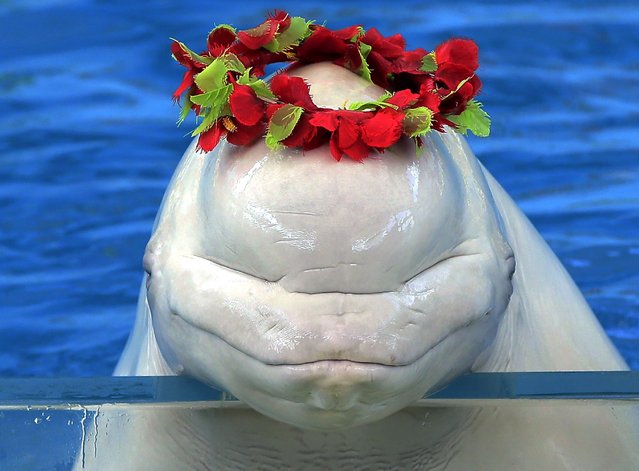
A white whale wears a wreath at the Hakkeijima Sea Paradise aquarium-amusement park complex in Yokohama, Japan, on October 3, 2012. (Photo by Associated Press)
13 Oct 2012 11:08:00,post received
0 comments

Russian President Vladimir Putin, right, and North Korea's leader Kim Jong Un pose for photographers during their meeting in Vladivostok, Russia, Thursday, April 25, 2019. Putin and Kim are set to have one-on-one meeting at the Far Eastern State University on the Russky Island across a bridge from Vladivostok. The meeting will be followed by broader talks involving officials from both sides. (Photo by Alexander Zemlianichenko/AP Photo/Pool)
30 Dec 2019 00:01:00,post received
0 comments
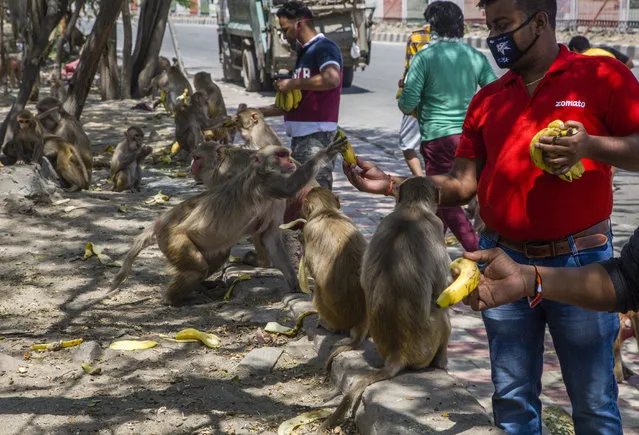
Men give bananas to monkeys gathered on the side of the road as India remains under an unprecedented lockdown over the highly contagious coronavirus (COVID-19) on April 08, 2020 in New Delhi, India. Wild animals, including monkeys, are roaming human settlements in India as people are staying indoors due to the 21-day lockdown. (Photo by Yawar Nazir/Getty Images)
12 Apr 2020 00:05:00,post received
0 comments
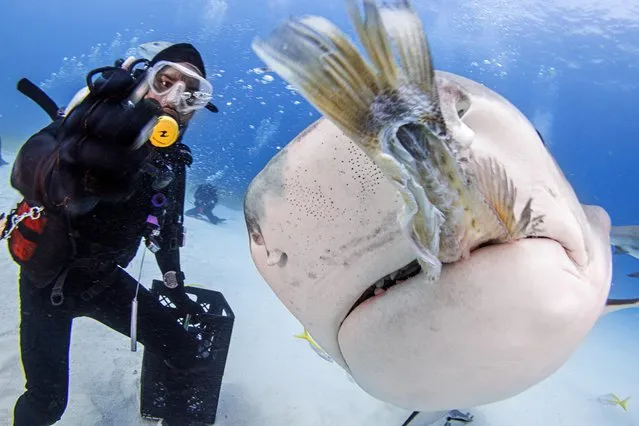
David Martinez, a divemaster and shark feeder, risks life and limb when he hand feeds tiger sharks at Tiger Beach in the Bahamas in December 2022. (Photo by Caters News Agency)
25 Dec 2022 03:36:00,post received
0 comments
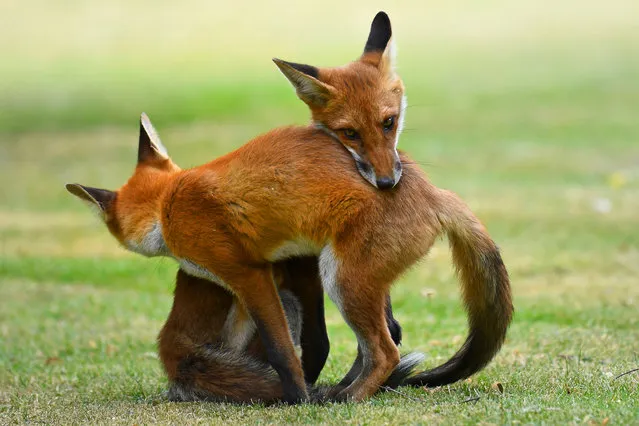
In this fur-ocious fight, two fox twins have been spotted locking paws as this sibling rivalry spirals into an epic brawl in London in the last decade of August 2023. (Photo by Anthony Cunningham/Caters News Agency)
17 Sep 2023 03:17:00,post received
0 comments
Last searches:

